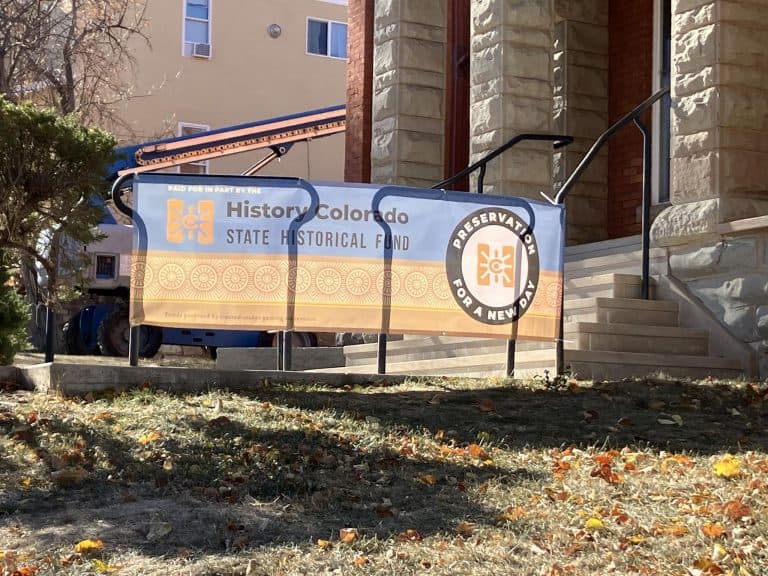State Report Shows Funding Boost for Las Animas County Parks
Colorado Parks and Wildlife released the 2025 Keep Colorado Wild Act Report outlining how program revenue is being invested in trail maintenance, habitat protection, and recreation infrastructure across the state. The findings matter to Las Animas County because rising visitation at Fishers Peak State Park and Trinidad Lake State Park means those statewide dollars will influence local projects, maintenance priorities, and long term planning for managing visitors.
Listen to Article
Click play to generate audio

Colorado Parks and Wildlife published the 2025 Keep Colorado Wild Act Report detailing how revenue from the Keep Colorado Wild program is being used to support outdoor recreation and conservation goals statewide. The report highlights investments in trail maintenance, habitat protection, and recreation infrastructure that directly affect parks and public land access. A Chronicle News summary on November 14, 2025 presented the report's key findings and explained how statewide funding decisions translate to local projects and maintenance needs in rural counties.
For Las Animas County the report arrives at a consequential moment. Regional assets including Fishers Peak State Park and Trinidad Lake State Park have seen increased visitation, and the report indicates that statewide allocations are being targeted toward the kinds of capital work and upkeep those sites require. That includes trail repairs, erosion control, habitat restoration, and improvements to recreation facilities that shape how visitors experience public lands and how local communities absorb visitation pressures.
The immediate implication is practical. Federal and state program revenue flowing through Keep Colorado Wild will help relieve some of the maintenance burden on local agencies and volunteer crews. That can reduce the fiscal squeeze on county budgets already stretched by basic services, and it can accelerate projects that improve safety and reduce long term repair costs. At the same time, these investments tend to raise use and accessibility which can boost local spending at lodging, restaurants, outfitters, and fuel stations. In short, the funding has both cost side and revenue side effects for communities that host popular outdoor sites.
Policy choices contained in the report also have planning consequences. Funding allocations for habitat protection and recreation infrastructure require coordination among Colorado Parks and Wildlife, county officials, and local land managers. Long term planning for visitor management, signage, parking and trail networks will shape whether growth in visitation is sustainable or whether it creates recurring maintenance backlogs. For rural counties like Las Animas that lack large tax bases, state and program funds are often decisive in determining project timing and scope.
Local leaders can use the report as a roadmap to align county plans and grant applications with statewide priorities. Prioritizing projects that match program criteria can speed approvals and funding. Monitoring how allocations are distributed in coming budget cycles will be critical for officials and residents who want to see tangible results at Fishers Peak and Trinidad Lake.
The Keep Colorado Wild Act Report therefore offers both resources and questions for Las Animas County. It provides new funding for trails and habitat work that local parks need, while underscoring the need for proactive coordination and long term planning to manage increased visitation and preserve the county's outdoor assets.


